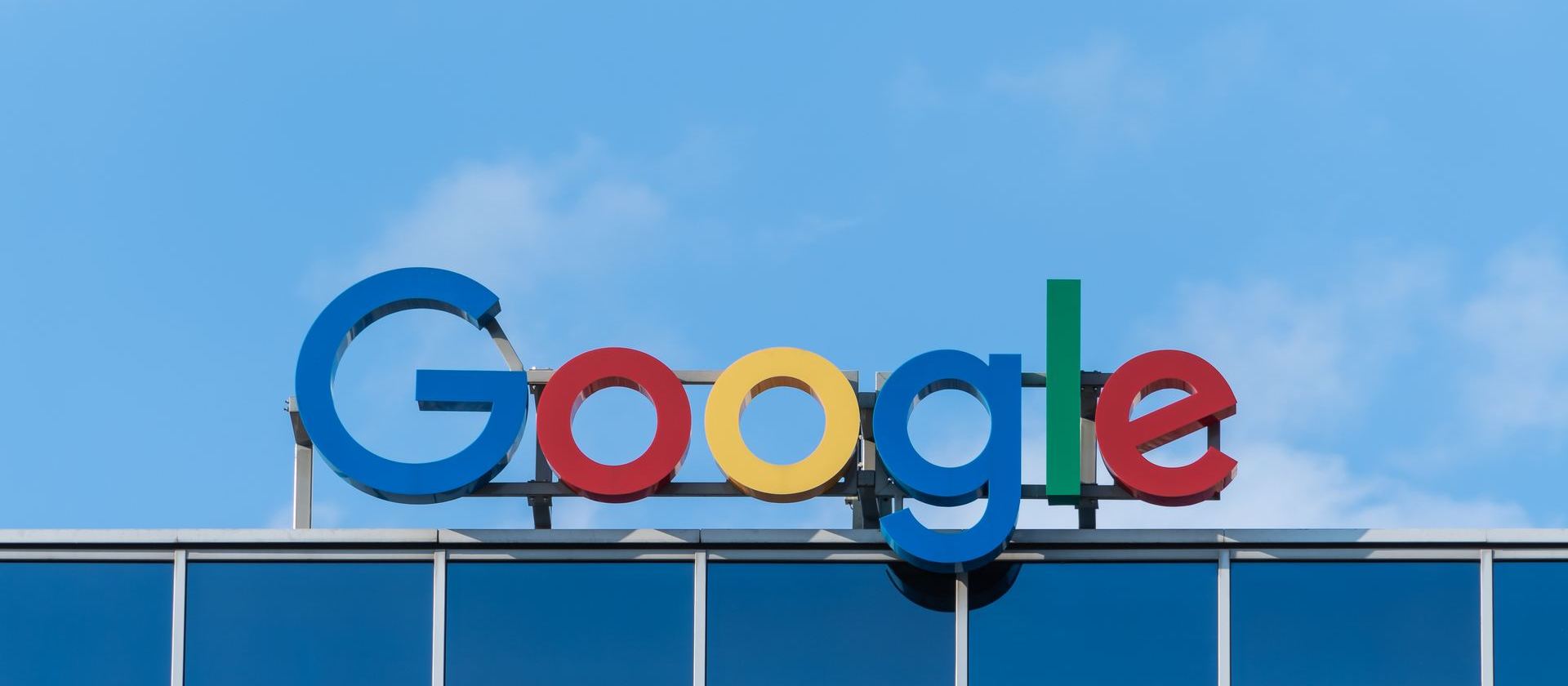October 2023: What's new in the world of digital
Posted on 3rd November 2023 at 09:26
Read Time: Approx. 5 Minutes 8 Seconds
Author: Lewis Stretton, Liv Rutter & Dave Trolle
Welcome to October's edition of the Digital Revolution, where we provide you the latest updates from the world of digital.
Google released and finished rolling out their new Core update.
What is it?: On October 5th, Google announced and started rolling out their Google Core Update. This took 14 days to roll out and was all completed on October 19th. The update looks to have caused significant movement in the search rankings, as many complaints were seen throughout the period.
Why is it important?: The Google Core Update is critical for all businesses as it will impact how your site performs in search results. The core update makes changes that could be positive or negative to your business, affecting your traffic, conversions and revenue. It is important to know when Google has done previous core updates, so you can see how you have been affected.
What action should you take?: If you have not been hit by the update, you will not need to take any immediate action. If you have been negatively hit by the update, there aren’t specific actions to take to recover from the negative ranking, as this update may not suggest there is something wrong with the pages. However, Google has listed a couple of questions you should consider if you have been hit. Google stated that companies tend to see a bit of recovery between core updates.
Google is bringing Bard to Google Assistant
What is it?: In the coming months, Google will release their AI system Bard to Google Assistant. This will be released on both iOS and Android. Bard will work with Google assistant to give generative and reasoning capabilities with Assistants personalised help.
Why is it important?: It is important as this now allows users to interact with Google Assistant using Bard through text, voice or images. This will now help you take actions as well, because it can now read through many Google services, like your Gmail and Google Documents. Google added that this update will help within your workflow, giving it a “more contextually helpful experience”. For example, if you take an image on your device, it will help you write a social media post to share on your social media network.
What action should you take?: With the update not yet out, there is no immediate action you should take. Google has stated that they are rolling out early testers soon. We recommend you keep an eye out for the update to be released, then have a go for yourself. Discover how this could help you within your workplace and find out what cool features you can do with it. We will also keep you updated in future updates.
Meta is updating reels ads for both Facebook and Instagram
What is it?: This month, Meta is updating Reels for both Facebook and Instagram to help improve performance. The update brings along new features designed to boost engagement. The new features are:
Collection Ads: This has been a feature available on Instagram and is now being brought and tested on Facebook. It consists of a video or images, with other small images along with them. Users can then swipe through the images to find the products they are interested in. Currently this is not available to all accounts; however, they are planning to.
Multi-destination Reels carousel ads: This is live for Facebook and Instagram on both iOS and Android. It allows brands to direct users to multiple product pages through the images displayed. This will help the user find items with ease.
Swiple Left Functionality: This feature, now available on Facebook and Instagram Reels ads, enables users to swipe to find out more about potential products they’re interested in, making shopping easier.
Why is it important?: It's important, as these features will not only boost engagement but should also save time for the advertiser and make shopping easier for the user. This should help with converting users/shoppers into buying products or shopping from your site. With these new features, shoppers have much ease finding products you promote, and you have much ease in converting these customers into buyers of your products.
What action should you take?: We recommend you have a look at the features on the app and use them in your upcoming reels. After all, these features are designed to help you and the user as well. We also recommend you test to see if these features are working well for your brand. With these features being new, there could still be problems.
Also, keep an eye out in coming months, as Meta also announced that they have been investing in the Advantage+ creative suite. Introducing new features like creative optimisation improves the sizing of imagery and videos. New video enhancements and 3D motion and depth. They are also adding the ability to source, select and add music to single-image reel ads. Finally, the rollout of brand suitability, this uses a third-party verification solution that allows your reel to not be placed next to any offensive content that does not align with your brand values.
Bonus Update: YouTube Releases New Product Ad Targeting Updates
YouTube has released a new update that could help improve the conversion rate for influencers using affiliate marketing. One of the new features is a timestamp which creators can add to videos, allowing a shopping cart button to appear. Another feature includes the ability to bulk tag affiliate products into video libraries. This can potentially help with increasing engagement and conversion rates if the timestamp is strategically placed at an optimal time, where there is an anticipated increased chance of engagement.
Bonus Update: The sun finally sets on 4 attribution models
Google has confirmed they are going to remove four attribution models from the analytics interface and admin API in mid October. These four attribution models are:
First Click
Linear
Time Decay
Position based
Now, last click and data-driven are the default attribution models in Google Analytics 4 and Google Ads. If one of your existing properties uses one of these models, it will automatically default to paid and organic data-driven attribution. If you were previously tracking on any of the four attribution models, they will now have switched to data-driven, so you will need to switch to either last-click and data-driven solutions. If you have been using any of the 4 models, we would recommend that you compare your historical reported data to see which model would be best to transition to.
Our final thoughts ...
Whilst it’s been a busy month of updates, considering any of these updates other than the GA4 attribution change will not be viable in the short term, especially for eCommerce retailers and brands focussing on Black Friday. With that in mind, we would recommend focussing on the actions outlined in our 2022 Black Friday Tips, which are still applicable for this year.
For further information on any of the latest product updates or anything new that is on your mind, get in touch with our team of digital experts today.
Share this post:











